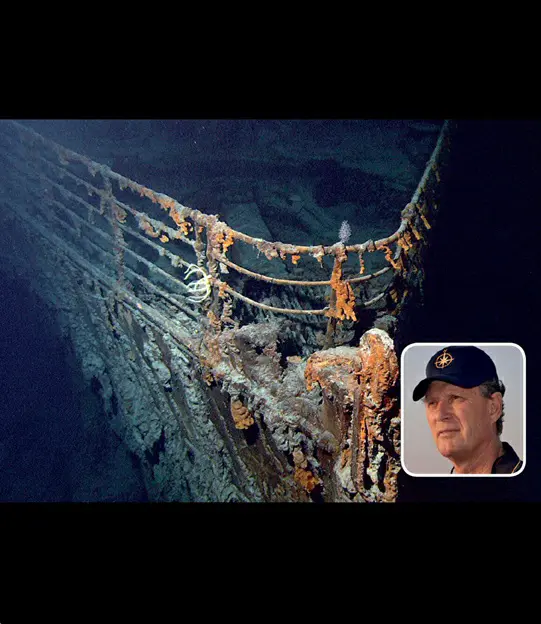Underwater archaeology, a field that delves into the depths of our oceans and water bodies to uncover historical and prehistoric relics, has been revolutionized by pioneers like American oceanographer Robert Ballard. This niche in archaeology focuses on shipwrecks, submerged settlements, and artifacts that unveil the interactions between humans and aquatic environments through history.
Ballard, known for his groundbreaking discoveries and passion for marine exploration, has played a pivotal role in advancing this field. His use of deep-sea submersible vehicles and underwater robotics has brought to light hidden treasures of the deep. The 1985 discovery of the RMS Titanic wreckage, located 12,500 feet deep in the North Atlantic, stands as one of Ballard’s most significant achievements. This find not only captured global attention but also highlighted the need for ethical considerations in underwater archaeology.
Ballard’s work extends beyond the Titanic. He has explored a myriad of shipwrecks and submerged sites dating from the Bronze Age to modern times. His findings in the Mediterranean, Black Sea, and World War II Pacific battlefields have provided invaluable insights into historical events and maritime culture.
These underwater explorations serve as time capsules, offering a unique perspective on past societies. Ballard’s contributions have not only enriched our understanding of history but also emphasized the importance of preserving these underwater cultural heritage sites.

